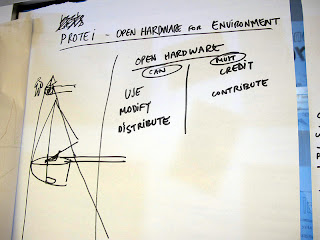The extreme pressures facing biodiversity on our planet are
well documented, and our chance to discover new species is likely diminishing
on a daily basis. Should we speed up taxonomy to increase description rates?
It has recently been reported1, that the average time between discovery and formal
scientific description of a new species is 21 years. The same report also
mentions an example where the time line was significantly longer, over 100
years. I think most would agree that even 21 years seems like a long time. One
thing is certain, we can not afford to loose any of the quality offered by
traditional taxonomy, the issue remains can and should we speed up the process?
Seemingly the technology may just exist to speed up
processes, and even potentially increase the quality at the same time. A recent
article2 demonstrates the use
of scanning electron microscope (SEM), used extensively in other scientific
disciplines. Specifically it is the potential usefulness of the detailed SEM
image, which can be rotated and potentially examined in 360o from
one plane, providing scientists with exact images of the original specimen, and
unlimited angles of view. Furthermore, the required technology to utilise SEM
images is widely accessible1.
Is it desirable to imagine a scientist finding, collecting
data (including DNA) and SEM imaging new species in the field, then instantly
sharing the images with project partners and/or the public to help identify and
describe? Could such imaging techniques be the first step to speeding up
taxonomy? Would computer aided recognition of images help identification?
Sources
Photo
cuatrok77 Flickr account - CC by 2.0


















